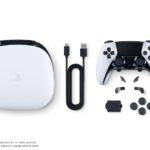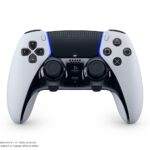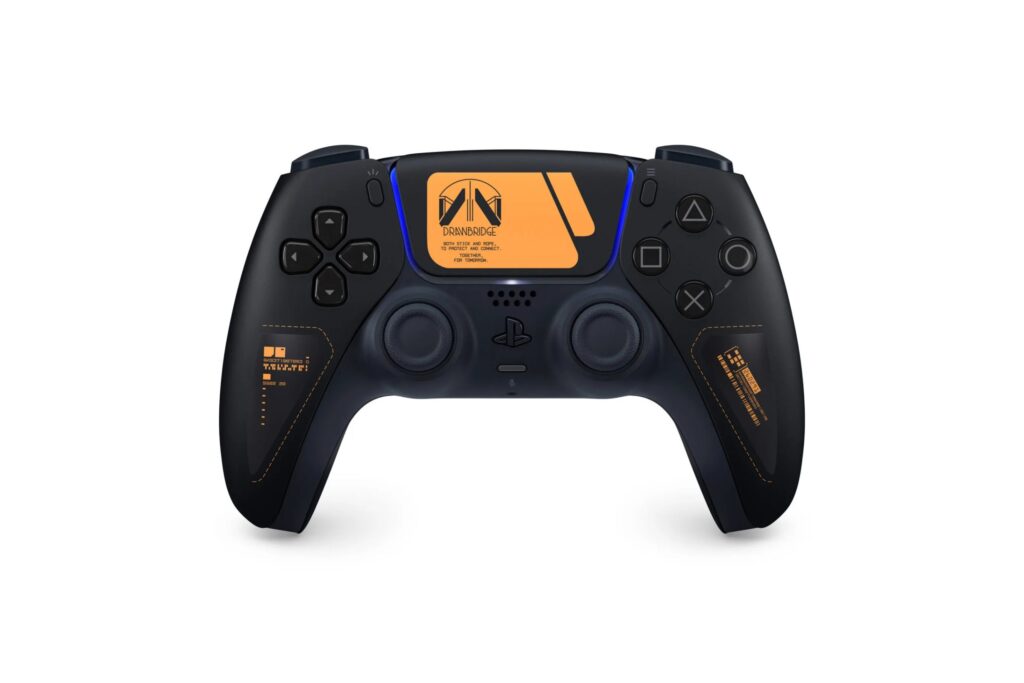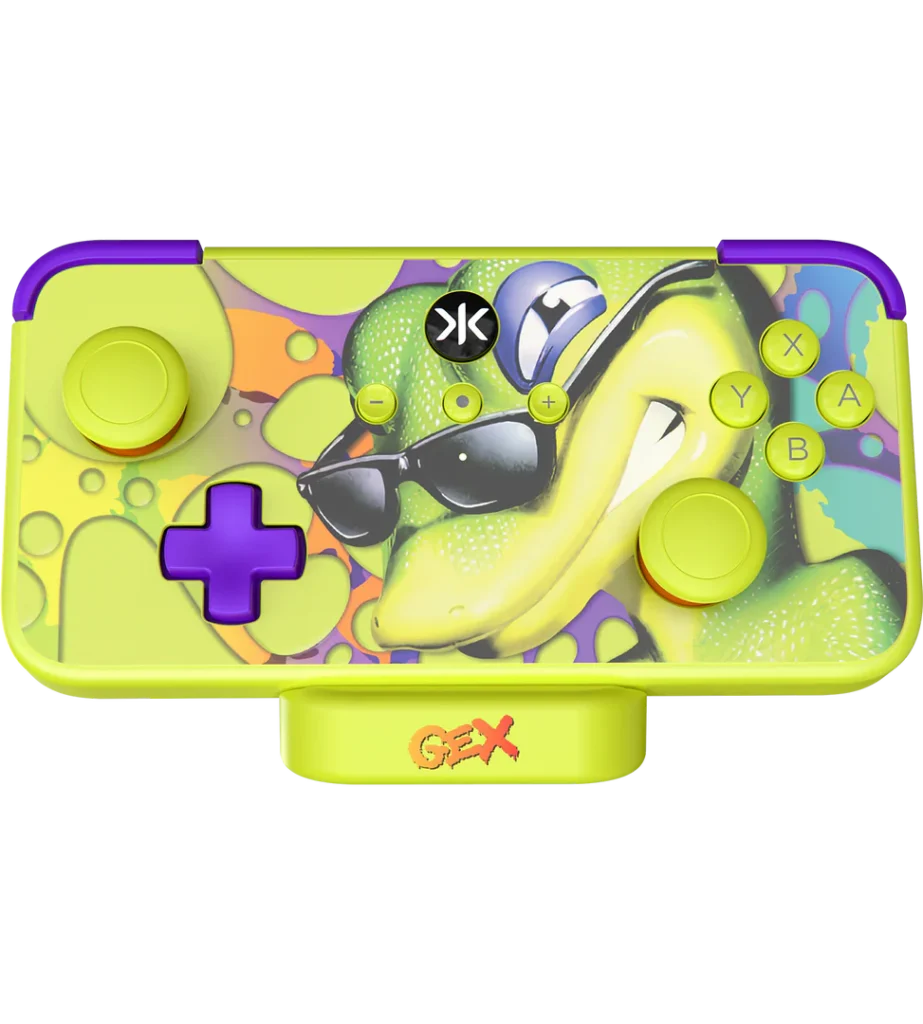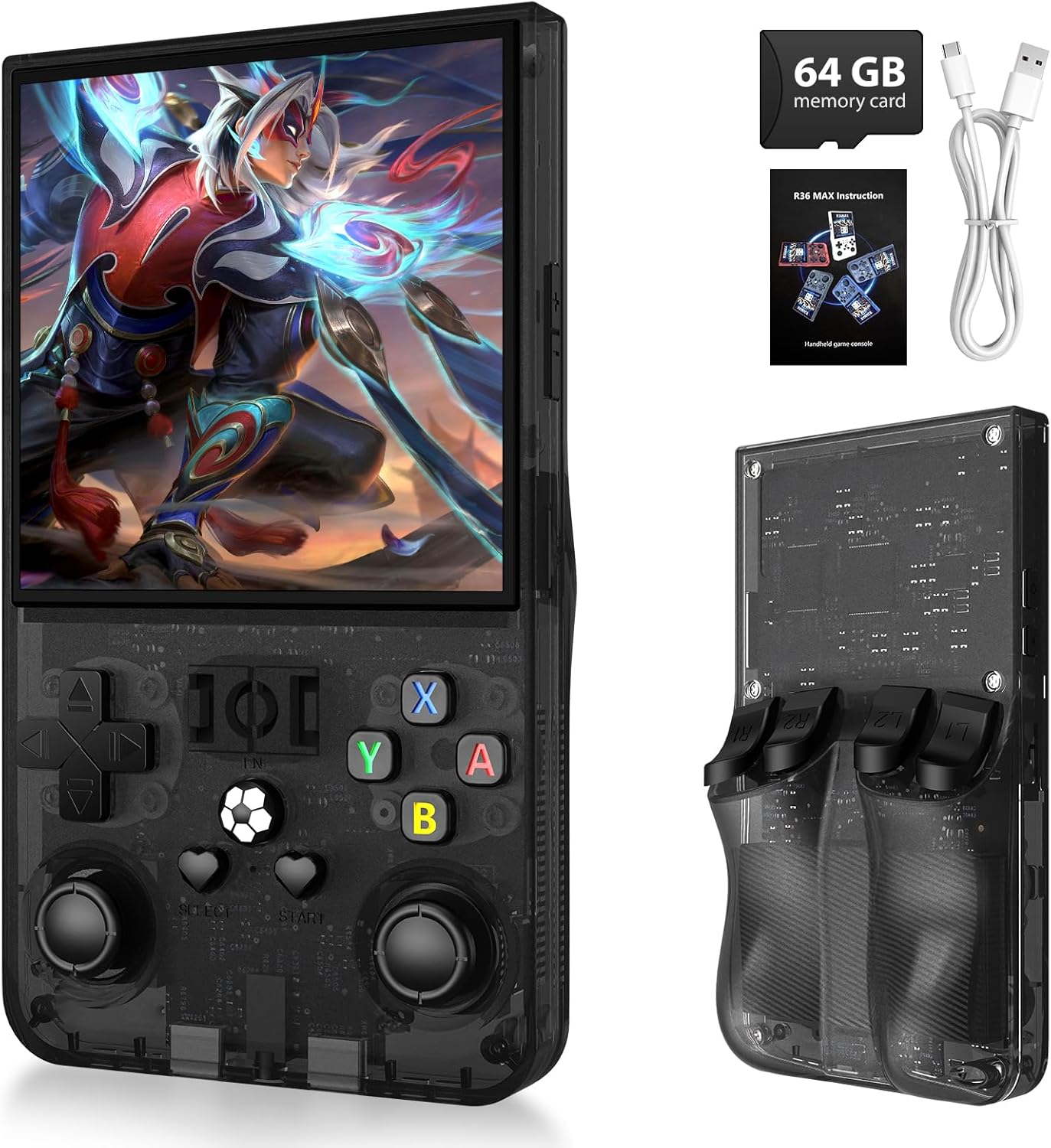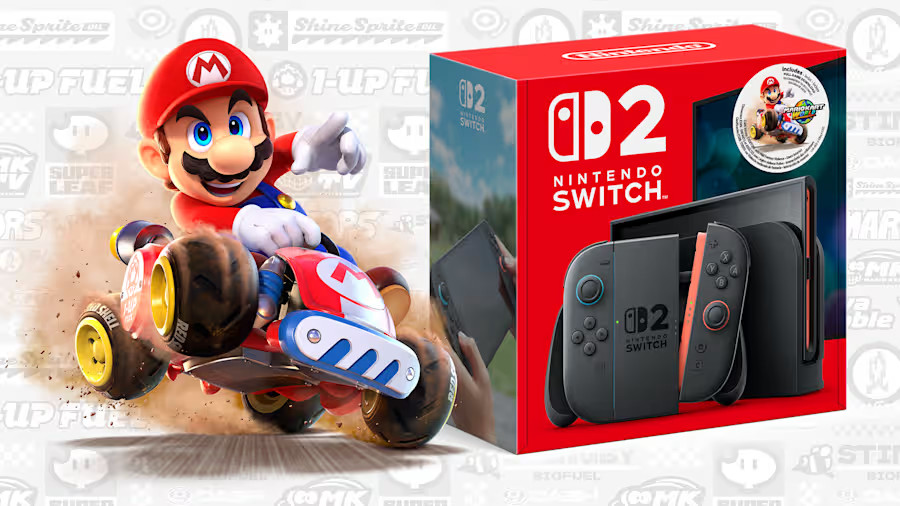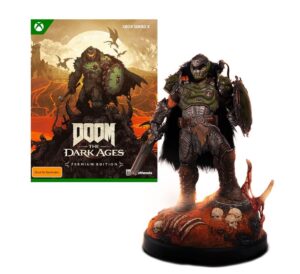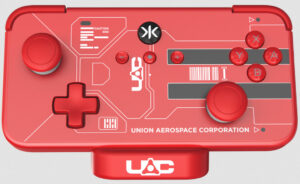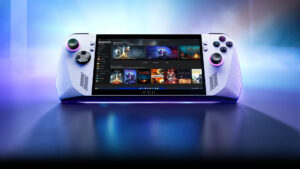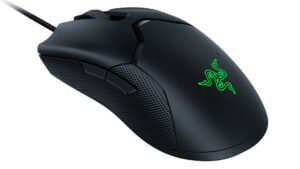The PlayStation DualSense Edge Wireless Controller is Sony’s first foray into the premium “pro” controller market, designed to compete with offerings like Microsoft’s Xbox Elite Series 2. Launched on January 26, 2023, with a price tag of $199.99 in the US, it builds on the foundation of the standard DualSense controller (included with the PS5) while introducing a suite of customizable features aimed at serious gamers. Below is a detailed review based on its design, features, performance, and overall value.
Design and Build Quality
At first glance, the DualSense Edge closely resembles the standard DualSense, maintaining its ergonomic shape and familiar layout. It weighs slightly more—around 325-335 grams compared to the standard’s 280 grams—due to added components, but this doesn’t compromise comfort during long sessions. The controller sports a two-tone aesthetic with a black D-pad, face buttons, and touchpad contrasting the white body, giving it a sleek, premium look. The touchpad is textured with tiny PlayStation symbols (triangle, circle, cross, square), a subtle yet stylish nod to the brand.
The grips feature a rubberized texture for better hold, an upgrade over the standard DualSense’s microtextured plastic, though some users note this texture can wear or discolor with heavy use. A glossy plastic panel around the analog sticks (removable for module swapping) feels less luxurious than the rest of the build, but overall, the controller exudes durability and quality. It comes in a sturdy hardshell carrying case—available in white or Midnight Black—complete with a Velcro flap for charging passthrough, adding to its premium feel.
Features and Customization
The DualSense Edge shines with its customization options, setting it apart from the standard model:
Swappable Analog Stick Modules: A standout feature, the entire stick mechanism can be replaced if drift occurs (modules cost $19.99 each separately). While this enhances longevity, the sticks still use traditional potentiometers rather than drift-resistant Hall effect sensors, a missed opportunity at this price point.
Interchangeable Stick Caps: Three types are included—standard concave, short convex, and tall convex—allowing players to tweak precision and comfort.
Back Buttons: Two slots on the rear accept either lever-style paddles or half-dome nubs (two of each included). These are programmable, though some find the paddles prone to accidental presses, while the nubs offer a satisfying click and better ergonomics for certain playstyles.
Trigger Stops: Adjustable sliders on the back let you shorten L2/R2 trigger travel to three levels (full, medium, short), ideal for faster inputs in shooters, while preserving the adaptive trigger functionality.
Function (Fn) Buttons: Two buttons below the sticks enable on-the-fly profile switching, sensitivity adjustments, and audio tweaks without pausing gameplay.
Software Integration: Via the PS5’s Settings menu, you can create up to four onboard profiles, remapping buttons, adjusting stick sensitivity/deadzones, and tweaking trigger and haptic intensity. The interface is intuitive, though remapping requires menu navigation rather than on-controller adjustments.
The controller retains all standard DualSense features—haptic feedback, adaptive triggers, built-in mic, and motion controls—ensuring no core functionality is lost.
Performance
In use, the DualSense Edge performs flawlessly. The haptic feedback and adaptive triggers remain immersive, as showcased in games like Astro’s Playroom or Returnal. The taller stick options enhance precision in shooters like Call of Duty, while the trigger stops provide a competitive edge. The back buttons, once mastered, keep thumbs on the sticks during intense moments, such as dodging in God of War Ragnarok. Wireless connectivity matches the standard DualSense’s reliability, and a 9-foot braided USB-C cable with a locking mechanism supports wired play for minimal latency.
However, battery life is a significant drawback. With a 1,050mAh battery (versus the standard’s 1,560mAh), it lasts around 5-6 hours under heavy use (haptics and triggers at max), compared to 8-10 hours for the regular DualSense. Sony attributes this to space constraints from added features, but it’s a compromise that stings at $200, especially for marathon gamers.
Value and Drawbacks
Priced at $199.99 (or higher in some regions, like £210 in the UK or AU$340), the DualSense Edge is a luxury item—nearly three times the cost of a standard DualSense ($69.99). It’s a compelling upgrade for PS5 enthusiasts or competitive players who value customization and repairability. The replaceable stick modules are a consumer-friendly touch, and the robust software integration with the PS5 is a step above many third-party options. Accessories like the case, cable, and swappable parts justify some of the cost.
Yet, it’s not perfect. The shorter battery life is a persistent critique, and the lack of Hall effect sticks feels like a missed chance to future-proof the device. With only two back buttons (versus four on the Xbox Elite Series 2), it’s less versatile for some, and the premium price doesn’t fully align with the incremental upgrades over the already-excellent DualSense.
The DualSense Edge is Sony’s best controller yet, blending the standard DualSense’s innovative features with pro-level customization. It’s a joy to use, feels premium, and caters to gamers who crave control over their setup. However, its high cost and subpar battery life make it a tough sell for casual players. If you’re a PS5 diehard or competitive gamer willing to recharge frequently (or play wired), it’s a worthwhile investment. For others, the standard DualSense remains a stellar, more affordable option.
Great for PS5 power users, but the price and battery life keep it from perfection.

